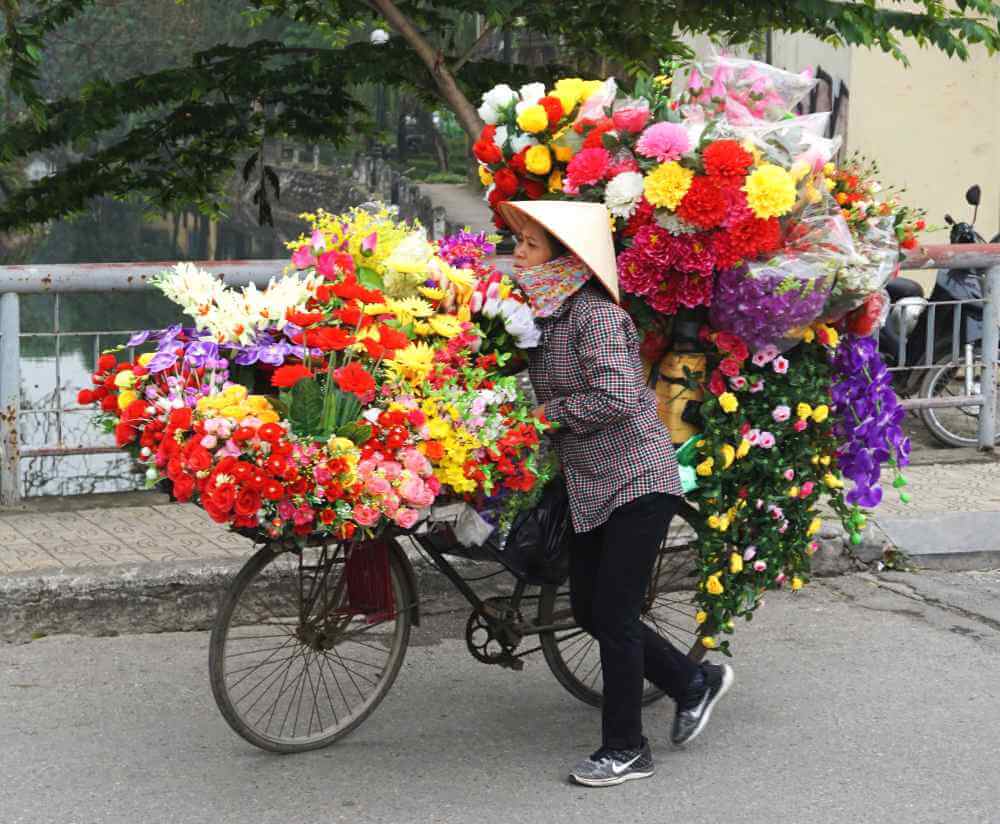
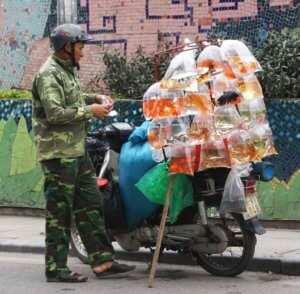
DA NANG, VIET NAM – “Banh Bao! Banh Bao!” A pre-recorded shout echoes off the neighboring buildings as the motorcycle food peddler putt-putts down the street. Flames burst from the back of his side-saddle warming oven. On top of the oven is a glass case filled with warm, yummy steamed buns.
For a foreigner from a Western country, seeing open flames from a motorcycle-mounted wood-fired oven… Well, that is just plain crazy!
But it’s just another typical everyday occurrence in this Vietnamese city.
The Vietnamese version of the Western thing is often a little different
We have lived in Viet Nam for just over one year now. It has been a fascinating and wonderful experience almost every day. But when we left the U.S. after selling everything, it was not necessarily our plan to set up our lives in Viet Nam.
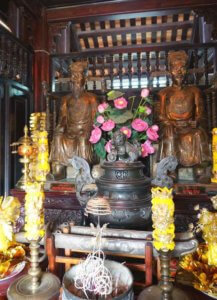
After we arrived in Hanoi we started exploring the city. Hanoi has many temples, ancient buildings and historic areas, and some great food. We rented an apartment for three months so we could take our time looking around.
OK… three months turned into seven. There was so much to see around every corner.
For the past five months we’ve been living in Da Nang, which is in central Vietnam, and situated along part of the beautiful 30-mile-long white sand beach on the Bay of Tonkin. There are several great things about Da Nang. First and foremost is the wonderful sea breeze and moderate climate nine months out of the year.
Here along the beach we are separated from the main body of the city by a large river. Life by the beach is almost like a village apart. People come for the beach environment and the easy convenience of a tourist location.
Viet Nam is clearly on the tourist radar
All big tourist areas are overrun with foreign visitors and include hotel accommodations from couch surfing to 5-star resorts. One would think when you see the statistics – by the end of October nearly 13 million foreign tourists had already visited Viet Nam – there would be no room left.
English is spoken everywhere in the popular tourist areas, and signs are often in English. Europeans can easily get by with even just a little English, and there are many Australian and New Zealand citizens too, both living here or just visiting.
There are many expats, and many of the restaurants and shops are owned by foreigners. In an easy walk from our very modern apartment the menu options include German sausage, French crepes, Southern-style BBQ, Chinese, Korean, Italian, Mexican, fusion tacos, East Indian, great burgers, fried chicken, and a nighttime food court with a dozen choices.
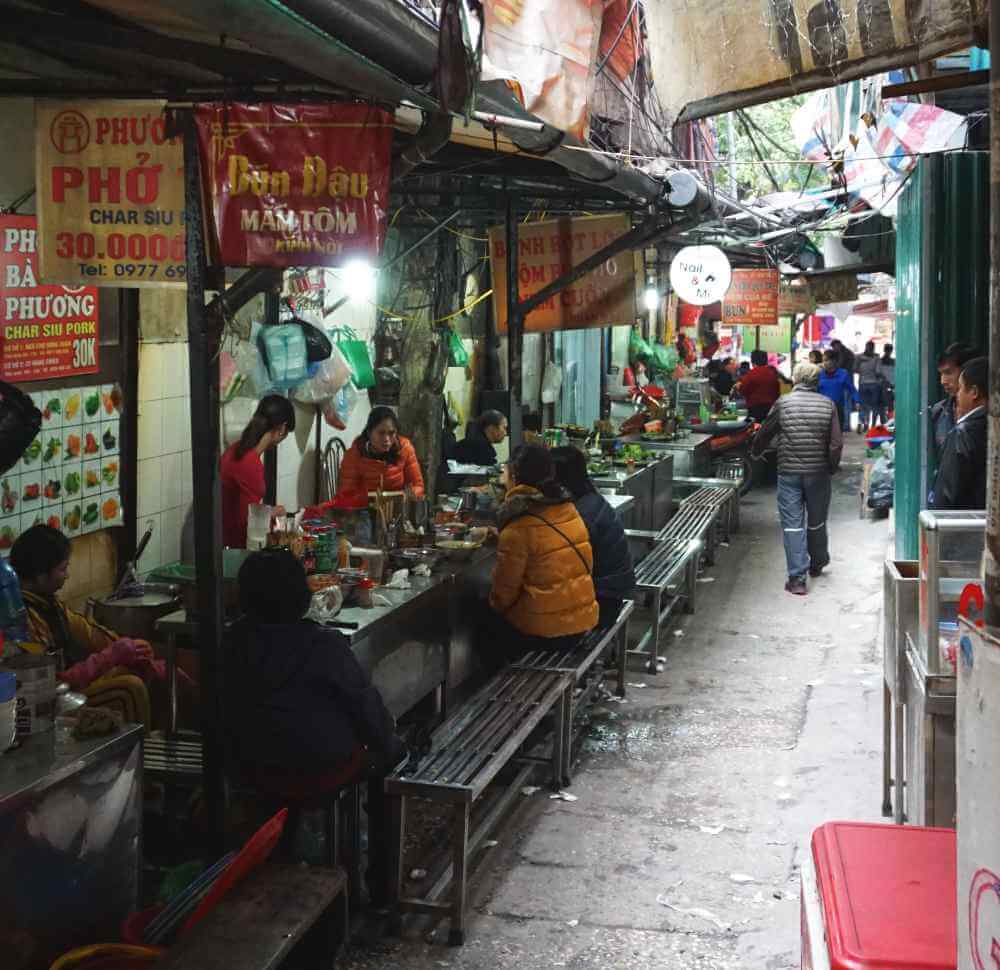
And of course there are all the Vietnamese sidewalk stalls, restaurants and food stalls in the local market.
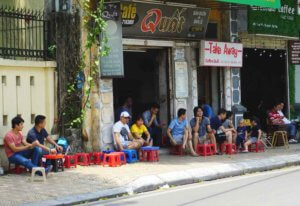
Sidewalk food abounds, with tiny plastic stools and tables taking up any space one might use to walk. It is very common to have one food stall that does breakfast followed by another tenant for the rest of the day who does a Banh My sandwich cart for lunch and dinner. Vietnamese have a thing about unused space, I think.
Then again, not everything is so different
Big Southeast Asian cities are pretty modern in many respects. There are skyscrapers, big hotels, restaurants, big box computer stores, international retail chains, and shopping malls for the incredibly wealthy that look like they came straight from New York’s Fifth Avenue. There is convenience everywhere – ATMs, banks, convenience stores – just like any big city.
I look around me on the street and everyone is wearing Western clothes – women and men in designer clothes and ordinary street wear, even those people wearing the traditional conical hats. Which, by the way, are very comfortable, naturally cool and an excellent sun visor. The only problem is what to do with it when you take it off.
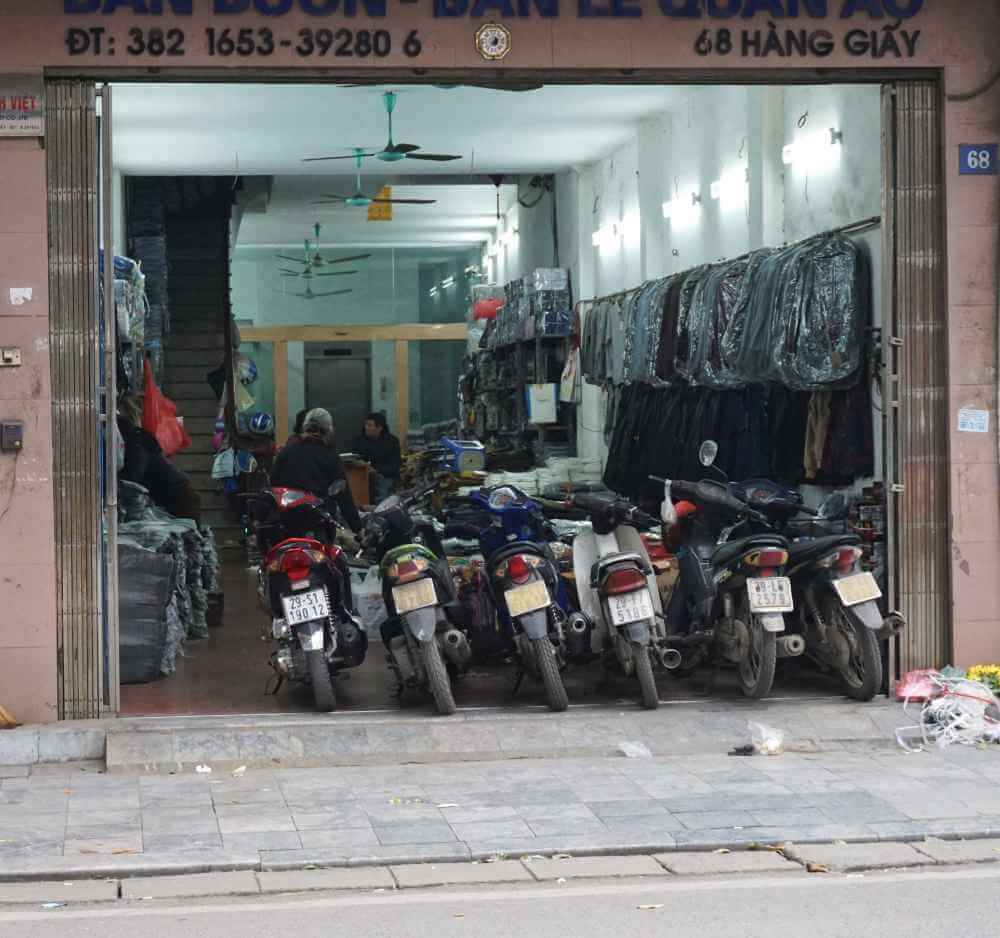
Shops of all kinds are on the first floor of many homes with either apartments or the family living above. Wealthier families and newer homes often use the high, gated front section of the first floor for motorcycle parking (and sometimes even cars).
Food shopping is an adventure
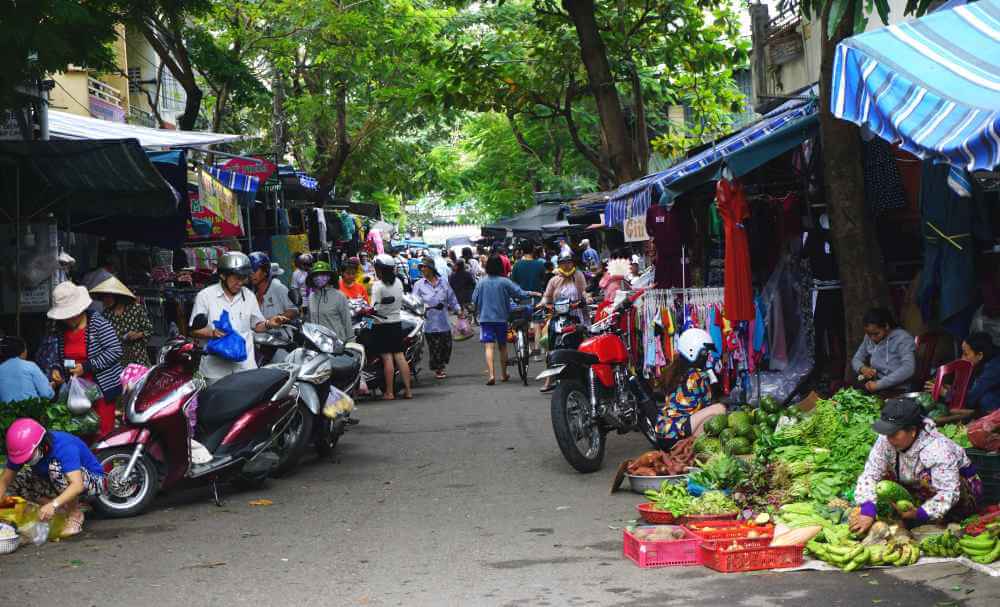
You don’t have to shop for groceries at the big supermarket across town. Small 7-Eleven type convenience stores abound. And there are big local covered markets with merchants spilling over into all the neighboring streets.


You’ll find market stalls offering every kind of fresh fruit and produce, meat and fish (lots of it still alive), herbs and spices, flour and whole grains, ready-to-eat meals and a world of exotic edibles you’ve probably never seen before (and may or may not want to eat).
There are also stalls offering all manner of hard goods: clothing and shoes, furniture, household goods, kitchen equipment and utensils, tools, toys and more.
There are still people riding around on bicycles, but mostly everyone has a motorbike. And there are many more cars now, all of them newer models.
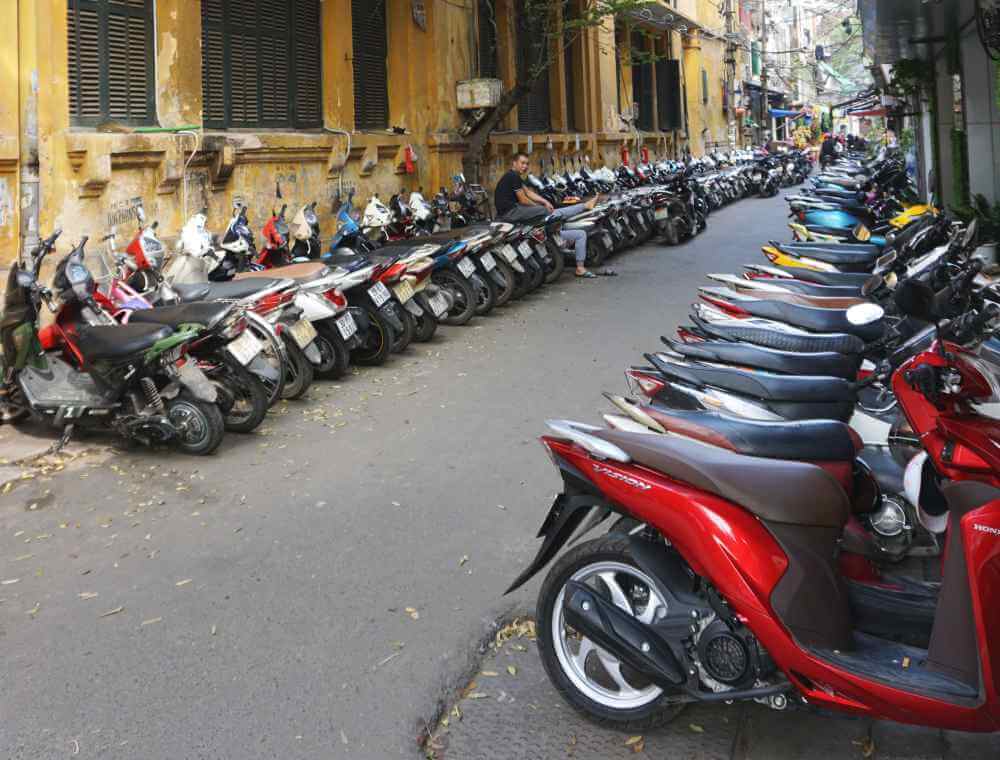
Many of the roads and alleys – especially in older parts of the cities and in the countryside – are not meant for anything the size of two cars passing. It’s a challenge, and a huge traffic jam creeping up on the country.
In general, Viet Nam has pretty good roads, though I must say they were just not prepared for the huge surge in demand coming around the corner.
There is a growing middle class
Every capital city like Hanoi, Bangkok or Vientiane has a bunch of embassies, all with wealthier foreign employees as well as salaried Vietnamese.
Vietnam is very upwardly mobile and there is finally getting to be a middle class. Still, many employed people in Viet Nam have low wages.
Living like a Vietnamese person here, eating at home or in Vietnamese food stalls, one can live pretty well for not a lot of money by Western standards.
Yes, there are poor areas, but in the cities just about everything is made from concrete, so even the poor have walls and a roof of corrugated steel.

In the countryside, we see a lot of traditional homes, built of wood with thatched roofs, often raised on stilts as protection from flooding in the rainy season.
It all depends on your priorities
Sometimes these rustic dwellings have motorbikes or new cars or parked outside, and maybe cement stairs up to the wooden house. It all depends on what their priorities are, and what they can afford.
Next to a traditional home, with pigs, goats and chickens running loose, will be a lovely modern house with a tile driveway, potted plants and secure steel fencing all around. It is quite the blending of old and new, and it can be laughable at times.
Looking back on our year in Viet Nam, the only thing I might want to do differently would be to come here sooner.
